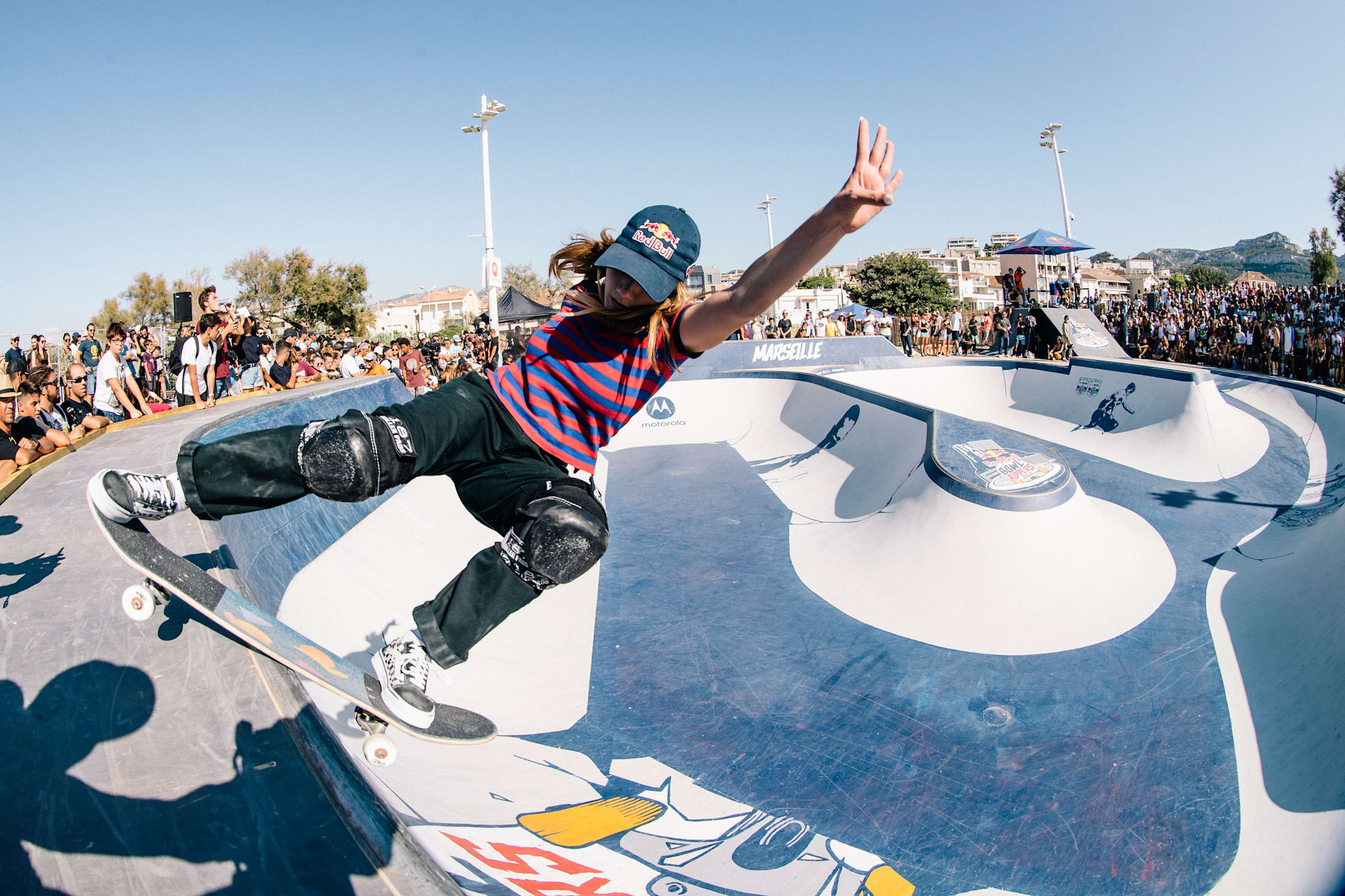✨ Skateboarding 🛹
Now’s the time to learn the activity that has come to re-define urban cool.

The origin story Skateboarding as we know it started in
the late 1960s in California where surfers would use schoolyard banks to
emulate waves on flat days – hence ‘sidewalk surfing’. Surf companies
then started making skateboards. The invention of urethane wheels, which
offered more grip and speed, was pivotal. 🚀 In the mid-1970s,
California experienced a severe drought. Swimming pools were drained and
local skateboarders rode the smooth, empty pools. It was here that
vertical transition skateboarding was born. In the '80s, a new breed of
skateboarders like
Christian Hosoi, Steve Caballero and Tony Hawk
pushed the limits of Vert skateboarding. In parallel Florida’s
Rodney Mullen was stunning the world with his
unbelievable trick repertoire on flat ground. Widely considered the most
pivotal innovator in the history of skateboarding, many of the tricks
Mullen invented would form the basis of modern street skating. 🛹
As the '80s gave way to the ‘90s, advances in home technology increased
skateboarding's allure exponentially, while board shapes stabilised
around the ultra-functional, duo-directional ‘popsicle’ shape which
dominates today. Nowadays skateboarding is one of the world's most
popular action sports. Its heroes are household names with giant
followings. The women's skateboarding scene is also ever-growing.
Competitive skateboarding has become so advanced in terms of difficulty
and consistency, that skateboarding has debuted on the world's biggest
sporting stage, the Olympics, where competitors from
all over the world skated it out for medals and glory in the disciplines
of Street and Park.
Learn more